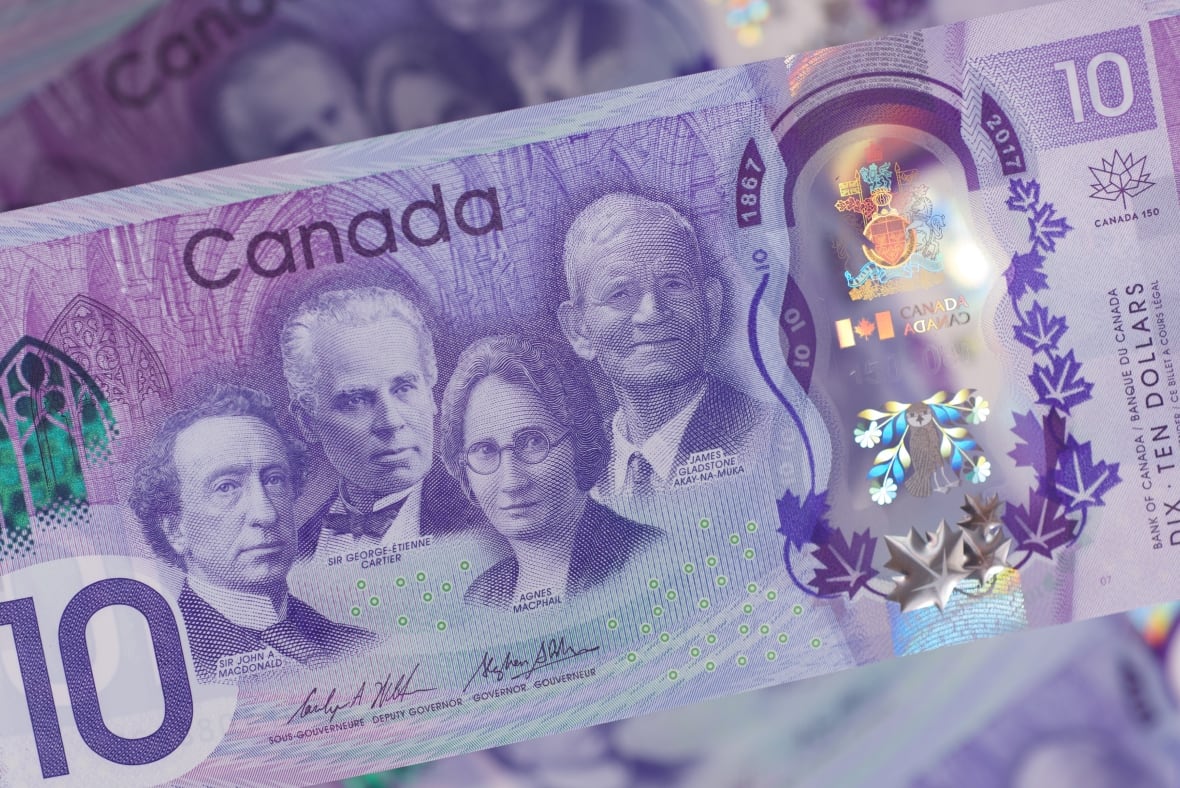Canada’s inflation rate, which had been a source of concern in recent months, appears to be showing signs of easing. In September, the country’s inflation rate decelerated to 3.8%, down from the previous month’s four percent. This figure, reported by Statistics Canada, came in lower than economists had expected, offering some relief to both consumers and policymakers. The deceleration in the cost of living was described as “broad-based” by the data agency and was attributed to lower prices for various goods and services. While inflation remains a significant economic issue, the recent data provides some optimism for those concerned about rising prices in Canada.
The slowdown in the inflation rate was driven by lower prices across several sectors, including travel, durable goods, and certain grocery items. This reduction in the cost of living was particularly notable on a monthly basis, where a decline of 0.1 percent occurred in September, marking the first time this has happened since November of the previous year. A key contributor to this decrease was a 1.3 percent drop in gasoline prices during the month, although it’s worth noting that fuel costs are still up by 7.5 percent over the past 12 months.
When gasoline is excluded from the inflation calculations, the annual rate drops to 3.7 percent, down from the previous month’s 4.1 percent. This demonstrates that the recent deceleration was not solely due to gasoline prices but rather a more widespread phenomenon affecting various segments of the economy.
One area where consumers experienced some relief was in the grocery aisle. While grocery prices continued to rise, the rate of increase slowed considerably. Year over year, the cost of a typical grocery basket increased by 5.8 percent, significantly lower than the more than 11 percent seen at the same time the previous year. The moderation in grocery price increases is a welcome change for consumers, as it affects many everyday items. This decline in inflation was particularly pronounced for products like bacon, bananas, grapes, and some types of cheese.
The easing of inflationary pressures is good news for the Bank of Canada, which has been closely monitoring the situation as it evaluates the need for further interest rate hikes to manage the country’s economic stability. Jay Zhao-Murray, an analyst with foreign exchange firm Monex, noted that the softer inflation numbers would likely be welcomed by the central bank. A milder inflation rate reduces the urgency for additional rate hikes, as the central bank seeks to strike a balance between controlling inflation and supporting economic growth.
While the recent data provides some relief, the longer-term outlook for inflation remains a topic of interest. Several factors have contributed to the inflationary pressures witnessed in recent months, including supply chain disruptions, increased demand for goods, and rising energy costs. These challenges have impacted various sectors of the economy, and policymakers are closely monitoring the situation to determine if these pressures will continue or if they are temporary in nature.
In summary, Canada’s inflation rate has shown signs of easing, providing some respite to consumers and policymakers. While inflation remains a significant concern, the recent data suggests that the pace of price increases may be moderating. This is good news for the Bank of Canada, as it considers its monetary policy decisions in the coming months. However, the longer-term outlook for inflation remains uncertain, and further developments will be closely monitored to ensure economic stability and price sustainability.
Inflation, Canada inflation rate, Canadian economy, economic stability, Bank of Canada, rising prices, inflationary pressures, monetary policy decisions, economic growth, supply chain disruptions












